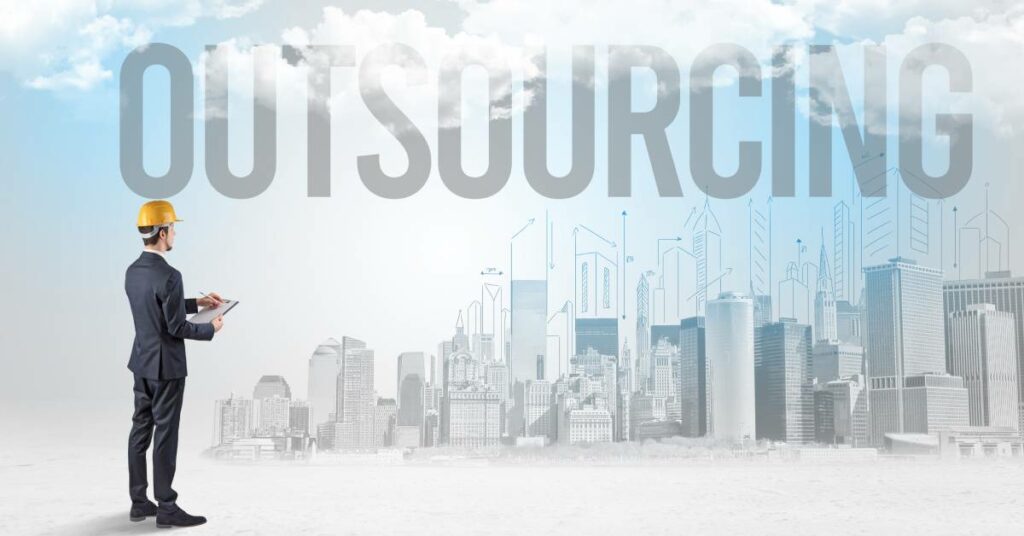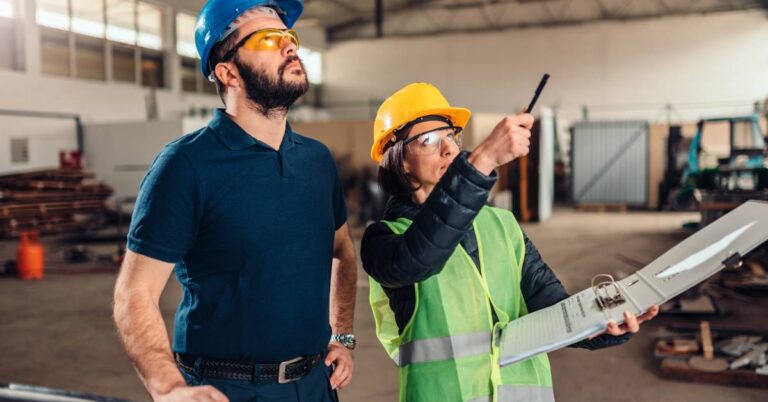Safety should be your top priority when you step onto a construction site. The industry is notorious for its hazardous working conditions, and ignoring common best practices can lead to severe injuries or even fatalities.
Understanding and addressing common safety violations in the construction workplace is crucial for workers and employers. Therefore, we’ll discuss the most frequent safety violations in the construction industry, their impacts, and how to prevent them.
Impacts of Safety Violations
Worker Health and Safety
Safety violations directly affect worker health and safety. Injuries can range from minor cuts to life-threatening conditions. Accidents can result in permanent disabilities or fatalities in severe cases.
Project Timelines
Accidents and safety violations can cause significant delays in construction projects. Investigations, medical treatments, and site shutdowns can halt progress, leading to missed deadlines and increased costs.
Legal Implications
Employers have a legal responsibility to ensure a safe working environment. Failing to comply with safety regulations can result in hefty fines, legal actions, and damage to the company’s reputation. Adhering to safety standards is an ethical and legal requirement.

Overview of Common Safety Violations
Electrical Hazards
Electrical hazards pose serious risks on construction sites. Improper wiring, exposed electrical parts, and lack of proper grounding can lead to shocks, burns, or even fatal electrocutions. Ensure that all electrical systems are up to code and workers undergo electrical safety training to mitigate these risks.
Scaffolding Issues
Scaffolding provides access to high work areas but comes with its own set of risks. Common violations include improper assembly, lack of guardrails, and overloading. Regular inspections and compliance with OSHA standards are essential to prevent accidents.
Lack of Personal Protective Equipment (PPE)
Personal Protective Equipment (PPE) such as helmets, gloves, and eye protection are vital for worker safety. However, it’s common to see workers on construction sites without the necessary PPE. Employers must enforce PPE use and provide appropriate gear.
Machinery and Equipment Hazards
Improper use of machinery and equipment can lead to severe injuries—including unguarded machines, lack of training on equipment use, and failure to perform regular maintenance. Proper training and routine checks can minimize these risks.
Fire Hazards
Construction sites often have flammable materials and ignition sources. Fire hazards arise from improper storage of materials, lack of fire extinguishers, and inadequate fire safety training. Regular fire drills and proper storage can prevent disasters.
Trenching and Excavation Dangers
Trenching and excavation work are particularly hazardous. Cave-ins, falling loads, and toxic atmospheres are all potential dangers. Following trenching and excavation safety guidelines can save lives.
Poor Hazard Communication
Many overlook effective communication about hazards, including failing to label hazardous materials or not providing Safety Data Sheets (SDS). Clear communication and proper labeling are essential to maintaining a safe work environment.
Chemical Exposure
Construction workers may be exposed to hazardous chemicals such as asbestos or lead. Without proper precautions, these substances can cause severe health issues. Adequate training and protective measures are necessary to handle chemicals safely.
Inadequate Housekeeping
A cluttered worksite can lead to trips, falls, and other accidents. Poor housekeeping is a frequent safety violation. Maintaining a tidy worksite is crucial for safety.
Lack of Training
Inadequate training is a common cause of safety violations. Workers without the proper training in safety protocols and equipment use are more likely to be involved in accidents. Continuous training programs are essential.
Ergonomic Hazards
Repetitive movements and awkward postures can lead to musculoskeletal disorders. Many overlook ergonomic hazards, but they can cause long-term health issues. Implementing ergonomic practices can improve worker well-being.
Vehicle-Related Accidents
Construction sites often have heavy vehicles moving around. Vehicle-related accidents can occur due to poor visibility, lack of barriers, or untrained operators. Proper traffic management and training can reduce these incidents.
Best Practices for Preventing Safety Violations
Conduct Regular Safety Training
Regular safety training sessions for all employees can reinforce the importance of safety protocols. Training should cover the use of PPE, machinery operation, and emergency procedures. Keeping workers informed and prepared is key to preventing accidents.
Implement Safety Audits and Inspections
Routine safety audits and inspections can identify potential hazards before they cause harm. Safety inspectors should conduct thorough site, equipment, and operational checks. Promptly addressing these issues can prevent violations.
Promote a Safety-First Culture
Creating a culture that prioritizes safety is essential. Such promotions involve encouraging workers to report hazards, rewarding safe practices, and involving everyone in safety initiatives. A proactive approach to safety can make a significant difference.
Provide Adequate PPE
Ensuring that all workers have access to and are using the necessary PPE is crucial. Employers should regularly check the PPE they provide and replace it as needed. Proper gear can protect workers from many potential hazards.
Maintain Clear Communication
Effective communication about safety policies and hazard information is vital—including clear signage, regular meetings, and accessible Safety Data Sheets (SDS). Keeping everyone informed can prevent misunderstandings and accidents.
Implement Safety Technology
Utilizing technology, such as wearable safety devices and real-time monitoring systems, can enhance safety on construction sites. These technologies can alert workers to potential hazards and provide data for improving safety measures.
Encourage Worker Participation
Involving workers in safety decision-making processes can increase their commitment to safety protocols, including forming safety committees and encouraging feedback. Employee involvement can lead to more effective safety solutions.

The Benefits of Outsourcing Compliance
Outsourcing compliance activities can be a strategic move for construction companies aiming to focus on core business operations while ensuring everyone meticulously follows all safety regulations. Partnering with specialized compliance firms allows companies to leverage expert knowledge in health and safety standards, reducing violation risks.
These firms offer comprehensive services that include safety training, site audits, and up-to-date regulatory advice. Additionally, outsourcing can save costs by minimizing potential fines and legal fees associated with safety infractions.
Keeping compliance efforts external allows construction project managers to benefit from the latest technological advancements and best practices in safety management, fostering a safer work environment and improving overall project efficiency.
Building a Safer Future for the Entire Industry
Understanding common safety violations in the construction workplace is the first step toward creating a safer environment. By implementing best practices, decision-makers can protect workers, ensure project efficiency, and comply with legal standards.
Remember, safety is everyone’s responsibility. Proper safety compliance management starts with finding partners who can align with your project’s needs. Let’s work together to build a safer future in construction.






